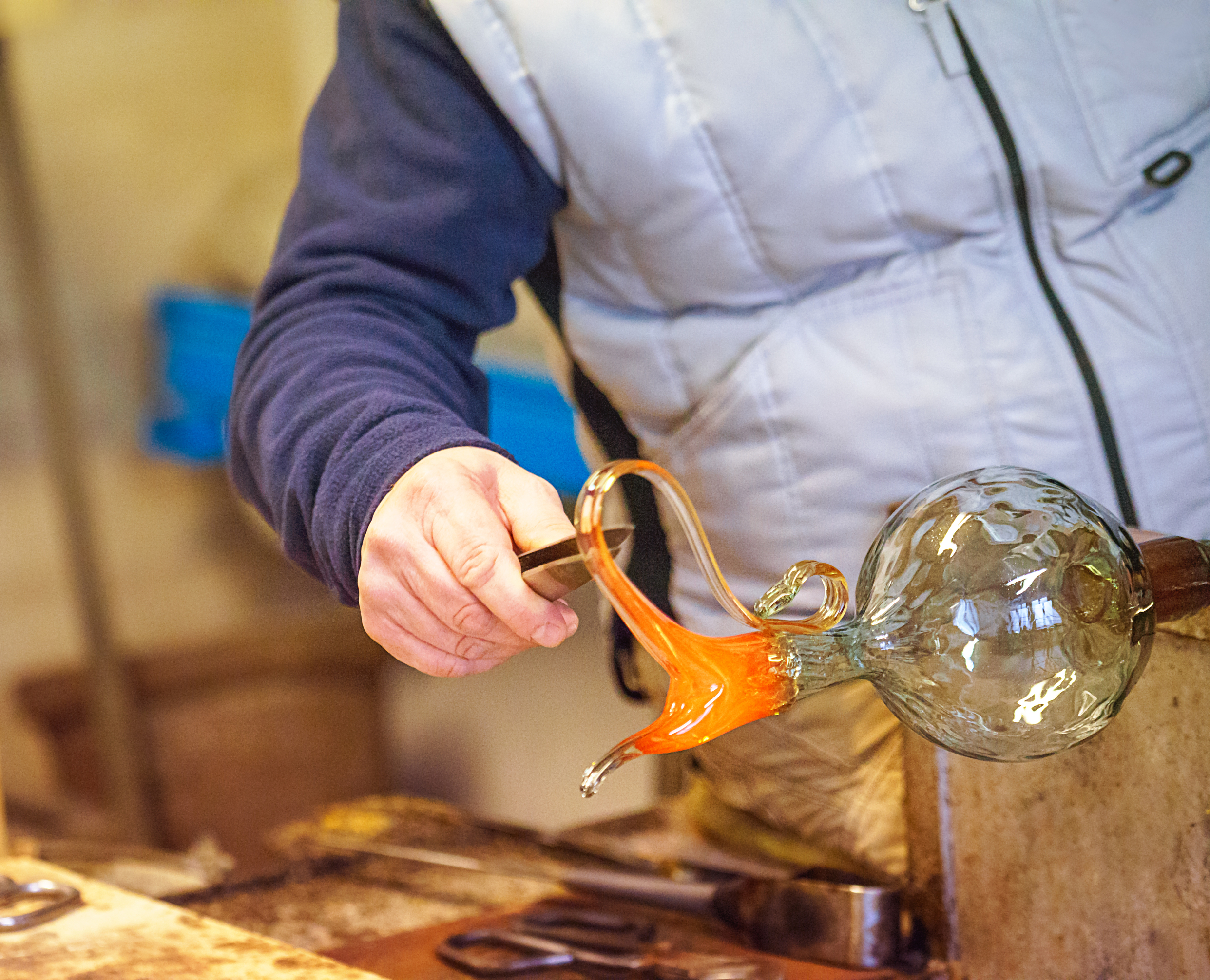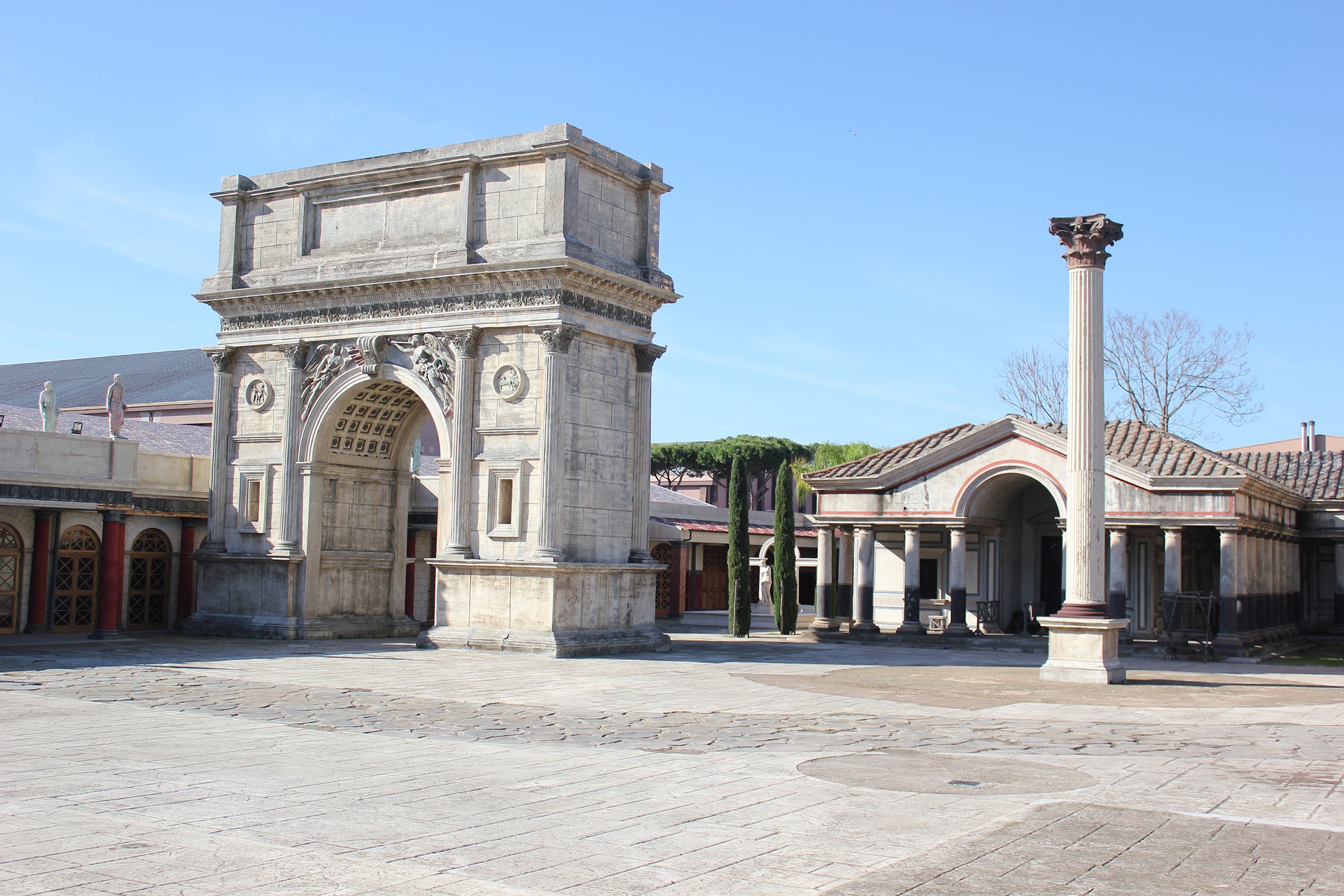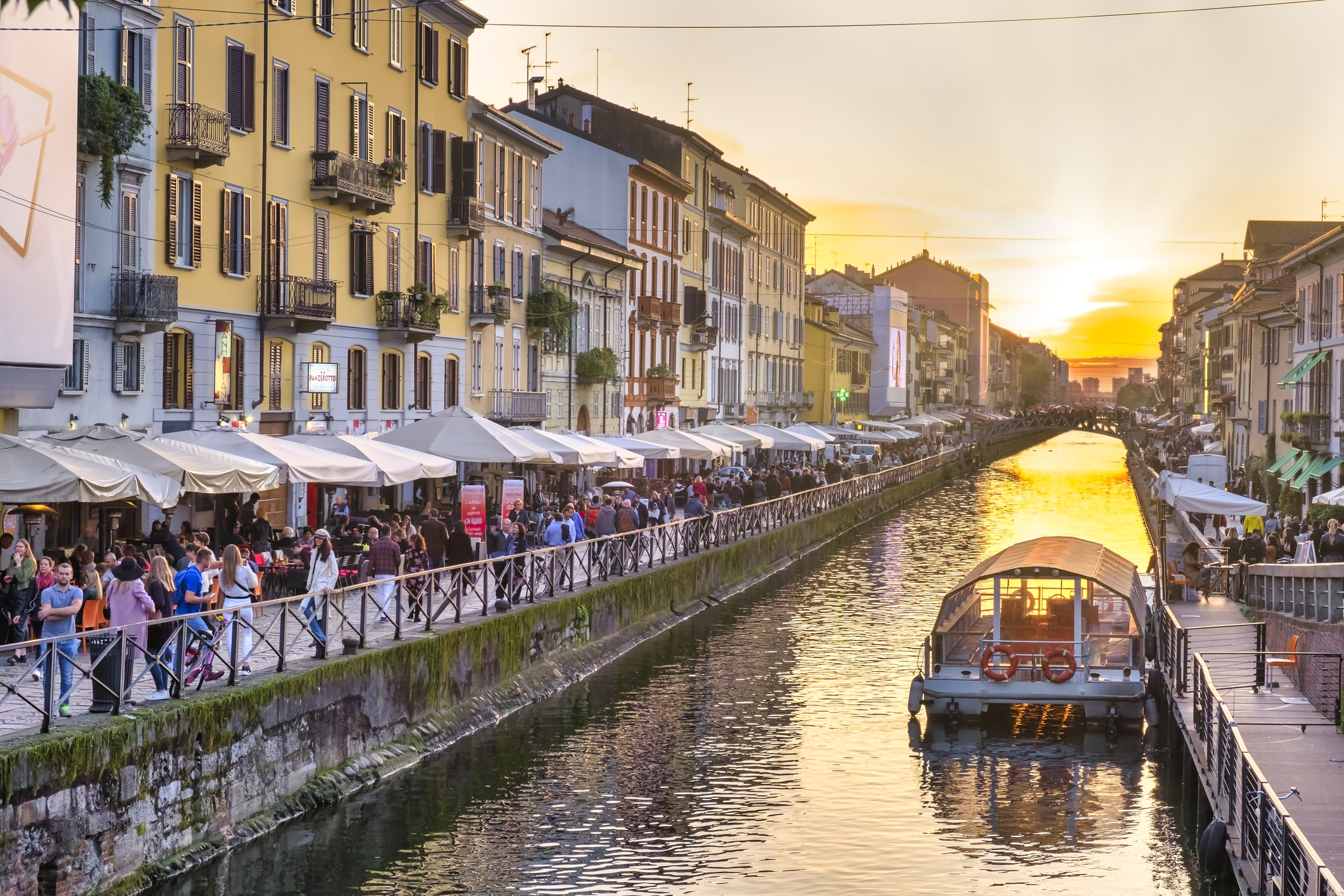The Murano art of glass is known around all the world. Its history is fascinating and goes back to the 8th century when this art was first born in Venice. At the time Venice was a major trading port and Asian and Muslim influences were very strong in art and culture.
Eventually in 1291 Venetian Republic, fearing fire and destruction of the city’s mostly wooden buildings, ordered glass makers to move their foundries to the island of Murano, another commercial port located 1.5 km from Venice. Soon Murano became the major producer of glass art in the Venice area creating a rich tradition that today is still passed from generation to generation.
The Murano glass art is an old tradition still passed from generation to generation
But aside from Asian and Muslim influences, it’s amazing how similar the Murano glass art is to the 1st-century BC Greek glasses found in the shipwreck of Antikythera.
In the 13th century Murano’s glassmakers became the island’s most prominent citizens. The glass art was so highly respected that by the 14th century, glassmakers were allowed to wear swords, enjoyed immunity from prosecution by the Venetian state, and their daughters were permitted to marry into Venice’s most rich and affluent families, as marriage between glass master and the daughter of the nobleman wasn’t regarded as misalliance.
However this art was considered so precious and unique, that glassmakers were not allowed to leave the Republic. Venice knew how valuable this knowledge was and wanted to keep this technique as its own brand, and exportation of professional secret was punished by death. Yet, many craftsmen took this risk and set up glass furnaces in surrounding cities and as far afield as England and the Netherlands.
The business grew so much and was so successful around the world that by the end of the 16th century, among the seven thousand Murano island’s inhabitants, three thousand were involved in some way in the glassmaking industry and since then Murano never stopped to produce great quantities of its glass art.
Murano glassmakers even introduced new products such as glass mirrors and the nowadays famous chandeliers. In history these glass chandeliers became popular after the iron, wood and brass era of chandeliers, and they were such a success that instantly brought chandeliers to a new dimension.
The first Murano glass chandeliers to be produced by Venetian glassmakers date back around the year 1700. This new type of chandelier was called “ciocca”, literally bouquet of flowers, for the characteristic decorations of glazed polychrome flowers.
The most sumptuous of them consisted of a metal frame covered with small elements in blown glass, transparent or colored, with decorations of flowers, fruits and leaves, while simpler model had arms made with a unique piece of glass. The huge Murano Chandeliers were used for the interior lighting of theatres and rooms in important palaces.
Murano glass chandeliers have a unique history and continue to be produced in Venice today, thanks to the success that makes them one of Venetian glass best-known and most appreciated products.
Today there’s a museum were it’s possible to merge yourself in the Murano glass art, the “Museo del vetro di Murano”. This museum is located in Palazzo Giustiniani and exists since 1861. It was momentarily closed last year to allow restoration works and was opened again this past 9th of February with double spaces and more art exposed. Definitely something to not miss if you visit Venice!






























